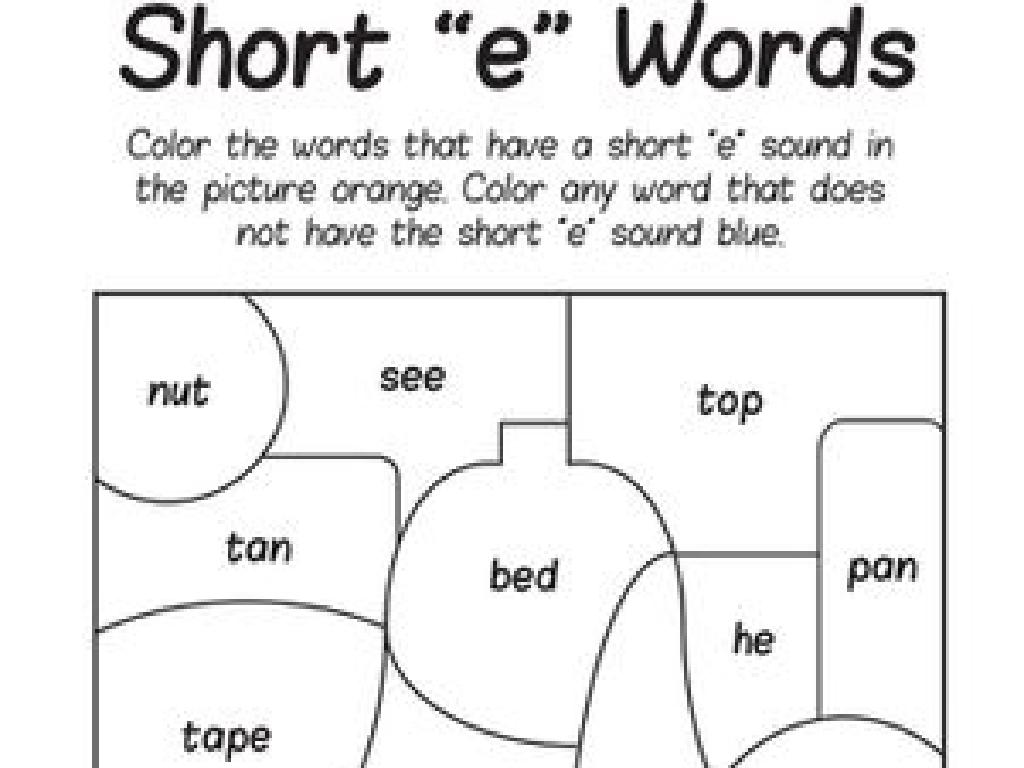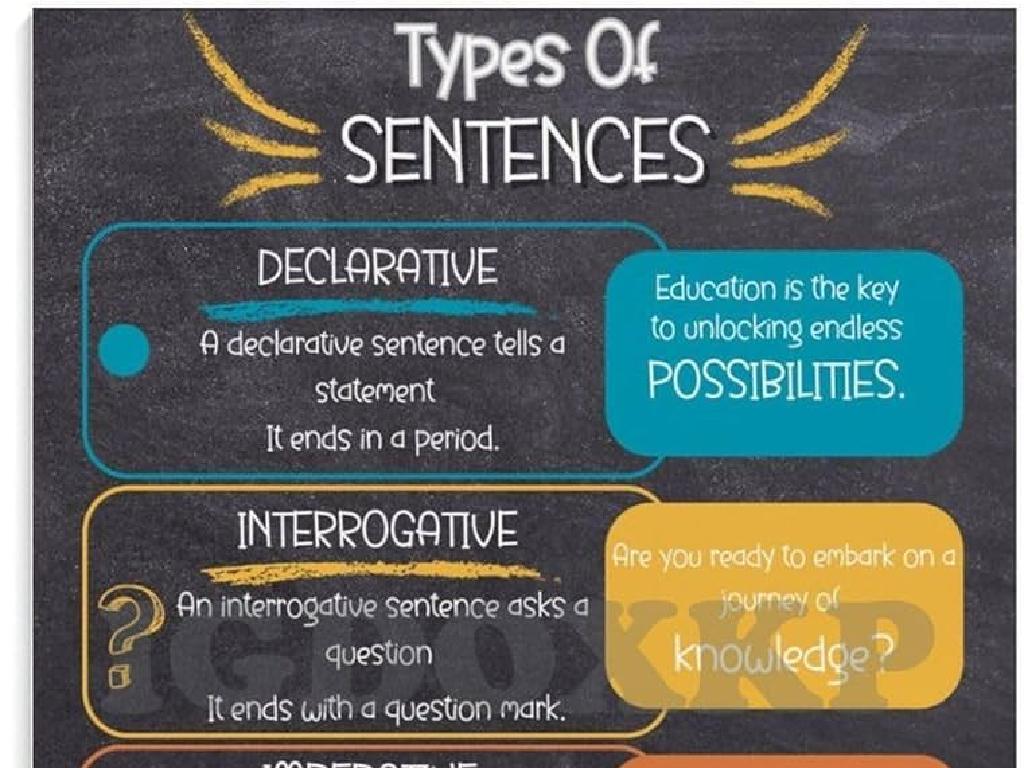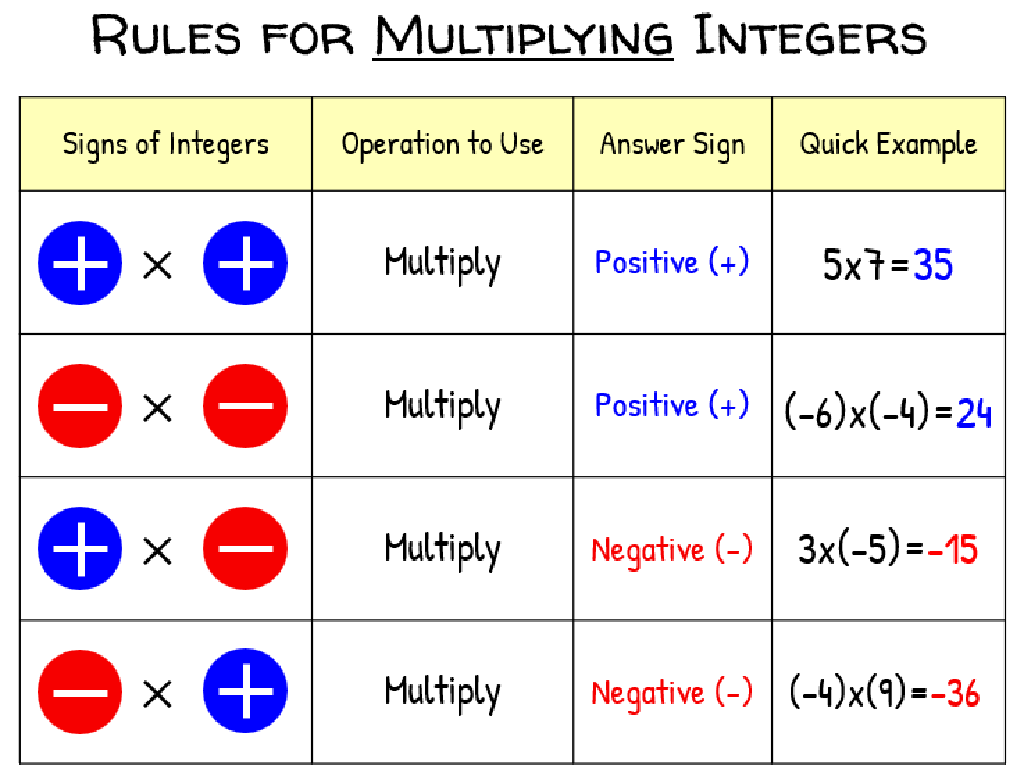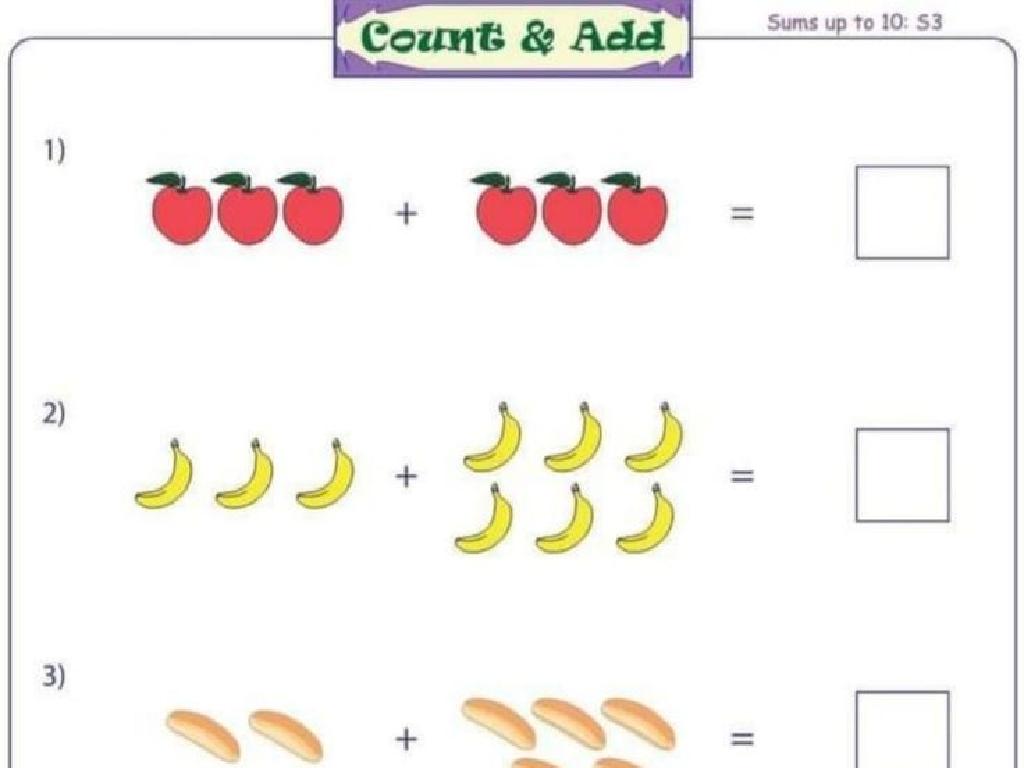Costs And Benefits
Subject: Social studies
Grade: Fourth grade
Topic: Basic Economic Principles
Please LOG IN to download the presentation. Access is available to registered users only.
View More Content
Introduction to Basic Economics
– What is Economics?
– Economics is the study of how people use resources to meet their needs and wants.
– Differentiating Needs and Wants
– Needs are things we must have to survive, like food and shelter. Wants are things we would like to have, like toys and games.
– Exploring Costs and Benefits
– Costs are what you give up to get something; benefits are what you gain.
– Making Smart Choices
|
This slide introduces students to the fundamental concepts of economics, tailored for a fourth-grade audience. Begin by explaining economics as a study of choices people make to manage their resources. Highlight the difference between needs (essentials for survival) and wants (extras that are nice to have). Discuss how every choice has a cost (what you give up) and a benefit (what you gain). Use relatable examples, such as choosing between buying a new book or saving money for a school trip, to illustrate the concept of costs and benefits. Encourage students to think about their own decisions and what they consider when making choices.
Understanding Costs
– What does ‘cost’ mean?
– Cost is the price you pay for something
– Costs come in many forms
– Costs can be money, time, or effort
– Examples of everyday costs
– Buying a toy (money), reading a book (time), helping at home (effort)
|
This slide introduces the concept of costs to fourth-grade students. Begin by explaining that a cost is what you give up to get something else, like money, time, or effort. Discuss different types of costs and provide relatable examples such as spending money to buy a toy, using time to read a book, or putting in effort to help with chores at home. Emphasize that understanding costs is an important part of making decisions in everyday life. Encourage students to think of other examples and consider what they give up when they make choices.
Understanding Benefits in Economics
– What does ‘benefit’ mean?
– A benefit is a positive outcome or advantage.
– Benefits aren’t just money
– Benefits can be happiness, health, or time saved.
– Good choices bring benefits
– Choosing to study can lead to good grades.
– Examples of non-monetary benefits
– Like feeling healthy after eating an apple instead of candy.
|
This slide introduces the concept of benefits in the context of economic decisions. Begin by defining ‘benefit’ as any positive outcome that results from a decision or action. Emphasize that while many people think of benefits in terms of money, they can also include other valuable aspects such as happiness, health, and time. Provide relatable examples, such as the benefits of making good choices like studying for a test or choosing a healthy snack. Encourage students to think of their own examples of benefits they’ve experienced from good choices they’ve made. This will help them understand the broader concept of benefits beyond just financial gain.
Understanding Costs vs. Benefits
– Comparing costs and benefits
– Weighing the good and bad sides of a choice
– Decision making with costs and benefits
– Choose what gives you the most benefit for the cost
– Real-life example: Toys or savings?
– Decide: Spend on a toy now or save money for something big later?
– Thinking like an economist
|
This slide introduces the concept of costs versus benefits, a fundamental idea in economics. It’s important for students to understand that every decision has a trade-off, meaning that choosing one thing often means giving up another. Teach them to compare the good (benefits) and bad (costs) aspects of a choice. Use a relatable scenario like deciding whether to buy a toy with their allowance or save the money for a larger purchase in the future. This example will help them grasp the concept of opportunity cost. Encourage them to think about the long-term and short-term outcomes of their decisions, fostering critical thinking skills. The goal is to help students start thinking like economists by recognizing the importance of making informed decisions based on the costs and benefits.
Understanding Opportunity Cost
– What is Opportunity Cost?
– The next best thing you give up when you make a choice
– Every choice has a cost
– Playing games vs. Studying
– Choosing to play games means less time for studying
– Making smart choices
– Think about what you gain and lose with each decision
|
Opportunity cost is a fundamental concept in economics that refers to the value of the next best alternative that is given up when making a choice. It’s important for students to understand that every decision has a trade-off. For example, if they choose to spend an hour playing video games, that’s an hour less they have for studying, which could affect their grades. Encourage students to think about the benefits and costs of their daily decisions, such as choosing to play with friends during recess versus reading a book. This will help them understand the importance of making thoughtful choices and considering the opportunity cost in their everyday lives.
Group Activity: Costs and Benefits in Our Lives
– Class activity: Identify costs and benefits
– Group discussion on findings
– Reflect on daily decision impacts
– How do our choices affect us every day?
– Apply understanding to life choices
– Think about using resources wisely in daily life.
|
This slide introduces a group activity focused on understanding the concept of costs and benefits in everyday decisions. Begin the class with an activity where students identify the costs (disadvantages) and benefits (advantages) of simple decisions they make, such as buying a snack or choosing to do homework. After individual work, students will form groups to discuss their findings, promoting collaborative learning and critical thinking. The reflection part of the activity will guide students to consider how the concept of costs and benefits applies to their daily lives, encouraging them to make thoughtful decisions. As a teacher, prepare to facilitate the discussion, provide examples, and help students understand the broader implications of their choices. Possible activities include role-playing decision-making scenarios, creating a pros and cons chart, or discussing historical events where costs and benefits played a crucial role.
Wrapping Up: Costs and Benefits
– Recap: What are costs and benefits?
– Costs are what you give up; benefits are what you gain.
– Making smart money choices
– Think before you buy: Is it worth it?
– Why informed decisions matter
– Good choices can save money and trouble.
– Time for questions and answers!
|
As we conclude today’s lesson, we’ll revisit the key concepts of costs and benefits. It’s crucial for students to understand that costs aren’t just about money; they include time, effort, and resources. Benefits are the positive outcomes we receive. Emphasize the importance of making informed decisions in everyday life, whether it’s choosing to buy a toy or saving for a school trip. Encourage the students to ask questions about what they’ve learned to ensure they can apply these concepts outside of the classroom. This review solidifies their understanding and prepares them for future economic decisions.
Class Activity: The Lemonade Stand
– Plan your own lemonade stand
– Determine costs of making lemonade
– Think about lemons, sugar, cups, and signs
– Identify benefits of your lemonade stand
– How will your stand make people happy?
– Share your plan with the class
|
This activity is designed to help students understand the concept of costs and benefits in a fun and practical way. Students will plan their own lemonade stand, considering the materials and effort required to set it up (costs) and the potential money earned and customer satisfaction (benefits). Encourage creativity in their planning. Provide a worksheet for them to list materials needed and their costs, and another section to brainstorm the benefits. After planning, students will share their lemonade stand ideas with the class, fostering public speaking skills and peer learning. Possible variations of the activity could include designing a poster for their stand, calculating potential profits, or discussing what could make their stand unique.





